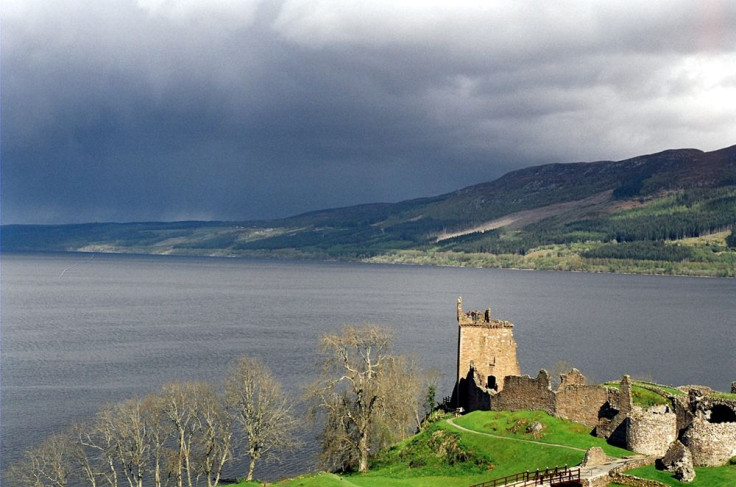Loch Ness Monster ‘Sighting’ By Google: Why The Legend Of Scotland’s Nessie Lives On

Google’s ever-expanding Street View coverage is breathing new life into a centuries-old legend of the Loch Ness Monster, said to inhabit the Loch Ness lake in Scotland. Images of the lake recently taken by Google’s traveling “Trekker” camera – used to document everything from the bottom of the Grand Canyon to the top of Mount Everest – captured an anomaly that some Loch Ness enthusiasts have said could be the elusive lake creature.
The object is about the size of a small raft and appears to poke above or float on top of the surface of the water. "We were surprised by this sighting too," a spokesperson for Google told the Telegraph Travel. "Is it a log, a bird or ... the monster?!" Google photographed the lake both from above and below; however, aside from the mysterious object, there was no sign of any giant animal. If a Google search can’t find the Loch Ness, there’s a good chance no one ever will.
The legend of the Loch Ness Monster, known locally as Nessie, dates back to as early as the 7th century. In a written tale about the Irish missionary Saint Columba, the author Adomnán described Saint Columba’s encounter with a mysterious and large lake monster. Variations of that story have endured ever since.
Modern belief in the Loch Ness stems from a grainy, 20th-century photograph that depicts what appears to be the head and neck of a plesiosaur – a prehistoric, and extinct, marine reptile. The image was taken 80 years ago by London gynecologist Robert Wilson and became known as the “surgeon’s photograph.” It was published in April 1934 in the Daily Mail and the picture's fame quickly spread. However, Wilson later admitted that the photograph did not depict a lake monster and was in fact an image of a toy submarine.
But the Loch Ness fever hasn’t fully broken. Such tales continue to pique people’s interest and spawn new “sightings.”
Experts have said that the belief in fantasy is a human trait as old as time, and that such stories, even when they have logical explanations, will live on. “There’s always been in the human mind this notion that beyond the safety of our homes and communities there are monsters,” Benjamin Radford, author of “Tracking the Chupacabra: The Vampire Beast in Fact, Fiction and Folklore,” told International Business Times last year. “People love the idea that our world is populated by unknown and mysterious creatures.”
If the Loch Ness monster were real, scientists would have discovered bones of its ancestors by now, according to Vox. Then there’s the fact that Loch Ness lake is too cold and too small for such a large reptile to survive in.
© Copyright IBTimes 2024. All rights reserved.












